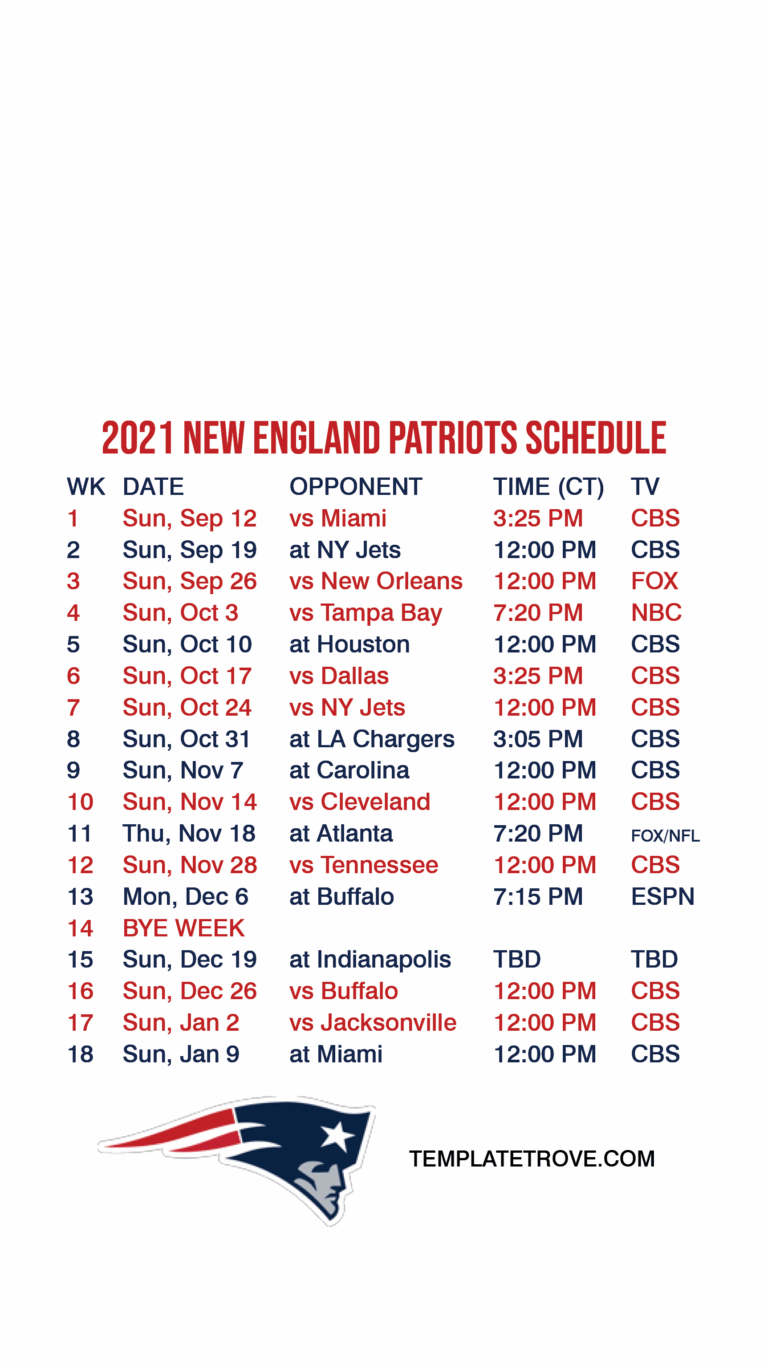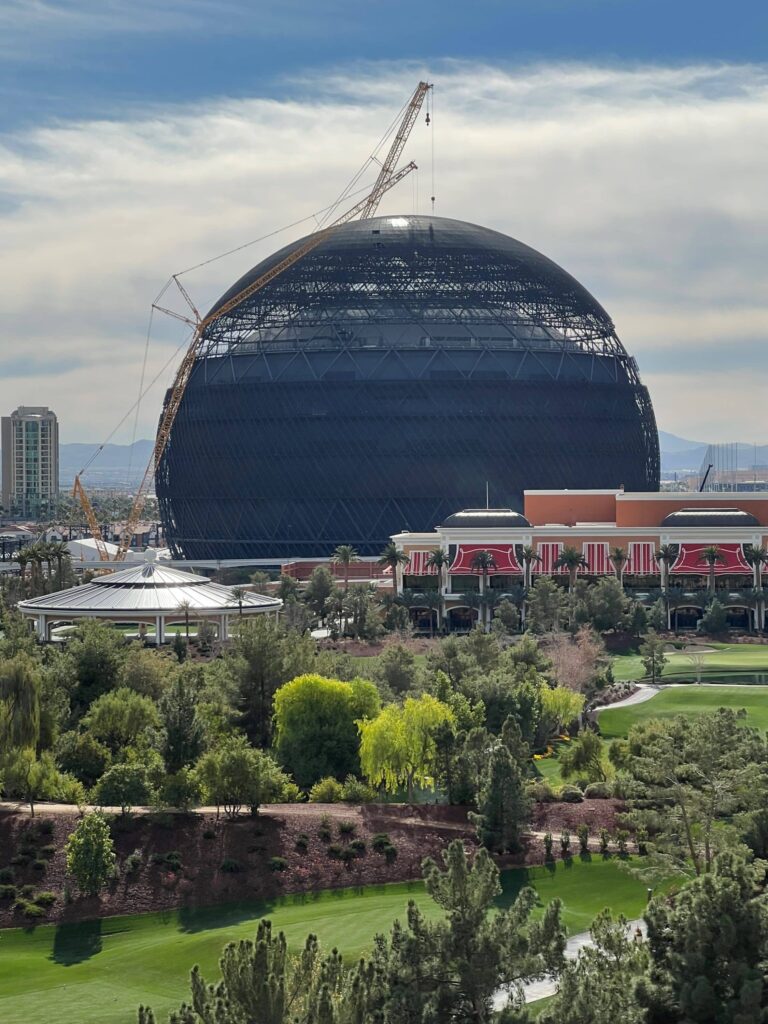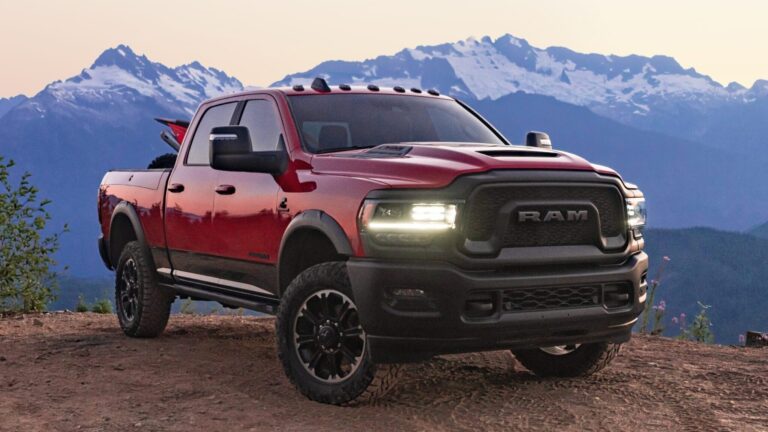Parts Of A Truck Body Under: The Unseen Foundation of Power and Performance
Parts Of A Truck Body Under: The Unseen Foundation of Power and Performance cars.truckstrend.com
When you admire a truck, your eyes are naturally drawn to its gleaming paint, robust cab, and expansive cargo bed. Yet, the true marvel of engineering, the very essence of its strength, reliability, and performance, lies hidden beneath these visible layers. The "Parts Of A Truck Body Under" refers to the intricate network of components that form the truck’s foundation – the chassis, drivetrain, suspension, braking, and exhaust systems, among others – all working in concert to enable movement, carry heavy loads, and ensure safety.
These often-overlooked components are the unsung heroes of your truck. They dictate its ride quality, its towing and hauling capabilities, its fuel efficiency, and ultimately, your safety on the road. Understanding these vital underbody parts isn’t just for mechanics; it’s crucial for any truck owner or enthusiast who wants to appreciate their vehicle’s full capabilities and ensure its longevity. This comprehensive guide will delve into the essential components that make up the underbelly of a truck, offering insights into their function, importance, and how to maintain them.
Parts Of A Truck Body Under: The Unseen Foundation of Power and Performance
The Unseen Backbone: Chassis and Frame
At the core of every truck’s underbody lies its chassis and frame, the rigid skeleton that supports every other component and bears the brunt of the vehicle’s load. For most trucks, especially medium to heavy-duty models, this is a ladder frame design.
- Main Rails: These are two long, parallel beams (typically made of high-strength steel) that run the length of the truck, from front to rear. They are engineered to withstand immense torsional (twisting) and bending forces.
- Crossmembers: Shorter beams that connect the two main rails at various points along their length. They add rigidity to the frame, prevent twisting, and provide mounting points for components like the engine, transmission, and suspension.
- Body Mounts: These are typically rubber or polyurethane bushings that sit between the truck’s cab and cargo bed (the "body") and the frame. They absorb road vibrations and isolate the cabin from frame flex, contributing significantly to ride comfort and reducing noise.
Importance: The frame is the foundation. Its strength and integrity are paramount for the truck’s overall structural stability, load-carrying capacity, and occupant safety. A compromised frame can lead to catastrophic failure.
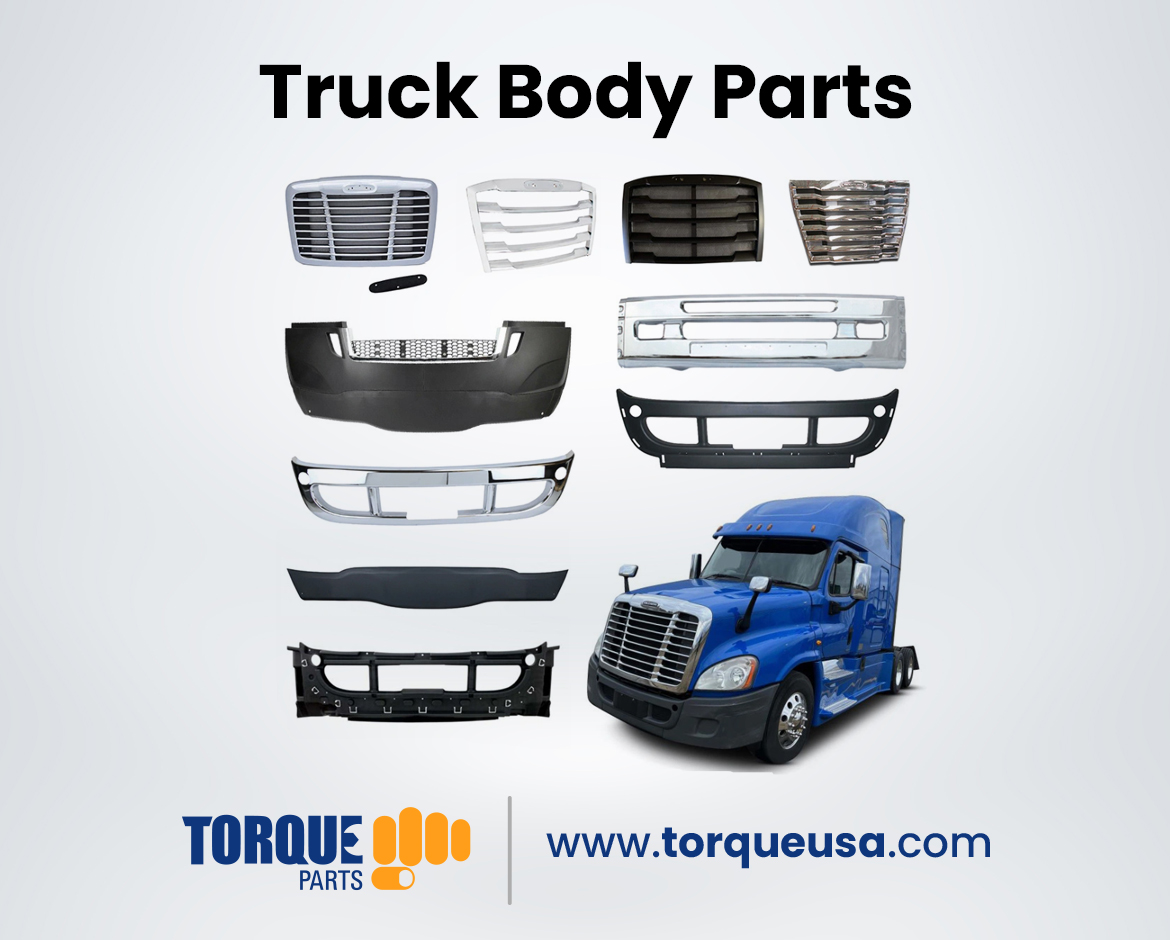
Maintenance: Regular inspection for rust, cracks, bends, or severe dents is crucial. Ensure body mounts are not excessively worn or degraded, as this can lead to increased cabin noise and vibration. Applying rust-preventative undercoating is highly recommended, especially in regions exposed to road salt or high humidity.
Riding Smooth: The Suspension System
Connecting the wheels to the frame, the suspension system is responsible for absorbing road imperfections, maintaining tire contact with the ground, supporting the vehicle’s weight, and ensuring stability and ride comfort.
- Springs: These bear the vehicle’s weight and absorb vertical impacts.
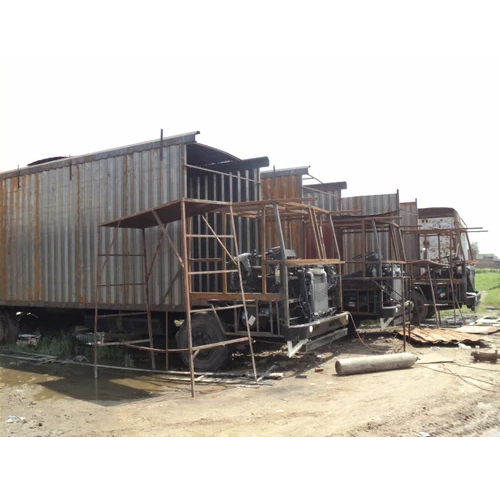
- Leaf Springs: Common in the rear of many trucks, especially heavy-duty ones. They consist of multiple layers (leaves) of spring steel clamped together. Known for their durability and high load capacity.
- Coil Springs: More common in the front of lighter trucks and SUVs, offering a more comfortable ride.
- Air Springs (Air Bags): Found in some high-end or heavy-duty applications, these use compressed air to support the load. They offer adjustable ride height, superior load leveling, and excellent ride comfort.
- Shock Absorbers (Dampers): These control the oscillation of the springs, preventing the truck from bouncing excessively after hitting a bump. They convert kinetic energy into heat.
- Control Arms/Linkages: These components connect the wheel hub to the frame, allowing the wheels to move up and down while maintaining proper alignment. They pivot on bushings that can wear out over time.
- Sway Bars (Anti-Roll Bars): These reduce body roll during cornering, improving handling and stability. They connect the left and right sides of the suspension.
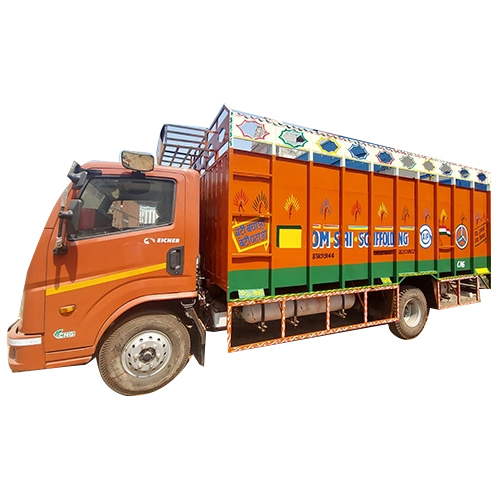
Importance: A healthy suspension system is critical for ride comfort, handling precision, tire longevity, and safe load carrying. Worn suspension components can lead to poor handling, uneven tire wear, and a harsh ride.
Maintenance: Look for fluid leaks from shock absorbers, cracks in leaf springs, or visible wear in bushings and ball joints. Listen for squeaks or clunks over bumps, which often indicate worn components.
Power to the Pavement: Drivetrain Components
The drivetrain is the system that transmits power from the engine to the wheels, enabling the truck to move. While the engine itself is typically under the hood, the rest of the drivetrain components are primarily "under" the truck body.
- Transmission: Connected to the engine, the transmission converts the engine’s power into usable torque and speed for the wheels. Its housing and output shaft extend significantly under the truck.
- Driveshaft(s): A long, rotating shaft (or shafts) that connects the transmission to the differential(s) in the axles. It features universal joints (U-joints) at its ends, allowing for angular movement as the suspension articulates.
- Axles: These are the assemblies that house the differential and connect to the wheels.
- Front Axle: Can be a solid beam (for 4WD) or an independent suspension setup.
- Rear Axle: Typically a "live" axle on most trucks, meaning the differential and axle shafts are housed within a single solid beam. The differential distributes power to the left and right wheels, allowing them to spin at different speeds during turns.
- Transfer Case (for 4WD/AWD trucks): Located behind the transmission, it allows the driver to select between 2WD, 4WD high, and 4WD low ranges, distributing power to both front and rear axles.
Importance: The drivetrain is fundamental to the truck’s mobility and its ability to handle different terrains and loads. Proper functioning ensures smooth power delivery and efficiency.
Maintenance: Regular fluid changes for the transmission, differential, and transfer case (if applicable) are paramount. Inspect U-joints for looseness or rust, and listen for clunking or whining noises from the drivetrain, which can indicate worn bearings or gears.
Stopping Power: The Braking System
Arguably the most critical safety system on any vehicle, the braking system enables you to safely slow down and stop your truck, especially crucial when hauling heavy loads. Many of its vital components are located under the truck.
- Brake Calipers (Disc Brakes) / Wheel Cylinders (Drum Brakes): These components apply pressure to the brake pads or shoes.
- Brake Rotors (Disc Brakes) / Brake Drums (Drum Brakes): These are the rotating metal surfaces that the pads/shoes press against to create friction and slow the wheel.
- Brake Pads / Brake Shoes: The friction material that presses against the rotors/drums.
- Brake Lines: A network of steel and flexible rubber hoses that carry hydraulic brake fluid from the master cylinder (under the hood) to each wheel.
- ABS Sensors: Located at each wheel, these monitor wheel speed and send data to the Anti-lock Braking System (ABS) module, which prevents wheel lock-up during hard braking.
Importance: Impeccable braking performance is non-negotiable for safety. Any compromise can lead to accidents.
Maintenance: Regularly inspect brake pads/shoes for wear, rotors/drums for scoring or warping, and brake lines for corrosion, kinks, or leaks. Ensure brake fluid is at the correct level and replaced according to the manufacturer’s schedule.
Exhausting Work: The Exhaust System
The exhaust system manages the byproducts of combustion, directing hot gases away from the engine and occupants, reducing noise, and controlling harmful emissions.
- Exhaust Pipes: A series of interconnected pipes that channel exhaust gases from the engine.
- Catalytic Converters: Essential emission control devices that convert harmful pollutants (carbon monoxide, hydrocarbons, nitrogen oxides) into less harmful substances (carbon dioxide, water vapor, nitrogen gas). Trucks typically have one or more.
- Mufflers and Resonators: Designed to reduce engine noise. Mufflers use baffles and chambers, while resonators fine-tune the exhaust note.
- Oxygen (O2) Sensors: Located before and after the catalytic converter, these sensors monitor the oxygen content in the exhaust gases, providing crucial data to the engine’s computer for optimal fuel mixture and emission control.
- Exhaust Hangers: Rubber or metal mounts that support the exhaust system and allow for some movement due to heat expansion and vehicle vibration.
Importance: Environmental compliance, noise reduction, and maintaining optimal engine performance. A leaky or clogged exhaust can lead to poor fuel economy, reduced power, and dangerous fumes entering the cabin.
Maintenance: Check for rust, holes, cracks, loose connections, or broken hangers. Ensure O2 sensors are functioning correctly, as a faulty sensor can trigger a check engine light and impact fuel efficiency.
Fueling the Journey: The Fuel System
The fuel system is responsible for storing and delivering fuel to the engine.
- Fuel Tank: Typically made of plastic or metal, mounted securely under the truck’s bed or cab.
- Fuel Lines: Tubes (usually steel or nylon) that carry fuel from the tank to the engine and back (for return lines).
- Fuel Pump: Located inside or outside the fuel tank, it pumps fuel under pressure to the engine.
- Fuel Filter: Cleans the fuel before it reaches the engine, protecting sensitive fuel injectors.
Importance: A clean, uninterrupted supply of fuel is vital for the engine to run smoothly and efficiently.
Maintenance: Regularly check for fuel leaks, especially around the tank and lines. Replace the fuel filter at recommended intervals to prevent contamination and ensure proper fuel flow.
Steering and Electrical/Fluid Lines
While much of the steering column is inside the cabin, several critical steering components are found under the truck, connecting the steering gear to the wheels. These include tie rods, drag links, and idler/pitman arms (depending on the steering system), all working to translate your steering wheel input into wheel direction.
Furthermore, the underbody is a complex web of electrical wiring harnesses that power lights, sensors, control modules, and various accessories, as well as fluid lines for power steering, transmission cooling, and air conditioning.
Importance: Precise steering control is paramount for safety and maneuverability. Intact wiring and fluid lines ensure all systems operate as intended.
Maintenance: Inspect steering linkages for looseness, wear, or damage. Check electrical harnesses for frayed wires or damaged connectors, and fluid lines for leaks or signs of wear.
Practical Advice and Actionable Insights
Understanding the parts under your truck is the first step; actively maintaining them is the key to a reliable and long-lasting vehicle.
- Regular Visual Inspections: Get under your truck (safely, using jack stands or a lift) at least once a year. Look for signs of rust, fluid leaks, loose or damaged components, frayed wires, and worn tires (including uneven wear patterns).
- Listen for Unusual Noises: Clunks, squeaks, grinding, whines, or rattles coming from underneath your truck are often early warning signs of a problem. Don’t ignore them.
- Feel for Changes in Performance: Notice if your truck’s ride feels rougher, steering feels loose, braking performance is diminished, or there are new vibrations. These are direct indicators of potential underbody issues.
- Follow Manufacturer’s Maintenance Schedule: Adhere to recommended fluid changes (transmission, differential, transfer case), filter replacements (fuel), and inspections.
- Rust Prevention: If you live in an area with road salt or high humidity, consider professional undercoating or regular thorough washing of the underside to remove corrosive elements.
- Professional Inspections: Have a qualified mechanic perform a thorough underbody inspection at least annually, especially before long trips or after severe off-roading. They can spot issues you might miss.
- Don’t Ignore Warning Signs: Small, inexpensive repairs can quickly escalate into major, costly overhauls if left unaddressed.
Estimated Parts Pricing for Underbody Components
It’s important to note that the cost of truck parts can vary significantly based on the truck’s make, model, year, the specific part’s quality (OEM vs. aftermarket), the supplier, and market conditions. Labor costs for installation are separate and can often exceed the cost of the parts themselves. The table below provides estimated price ranges for common replacement parts (parts only, USD).
| Part Category | Example Components | Estimated Price Range (Parts Only, USD) | Notes |
|---|---|---|---|
| Chassis/Frame | Body Mounts (set), Frame Crossmember | $100 – $500+ | Varies by truck type, specific part. Major frame repair/replacement is significantly higher. |
| Suspension | Leaf Spring (each), Coil Spring (each), Shock Absorber (each), Control Arm (each), Sway Bar Link Kit | $50 – $400+ per component | OEM vs. Aftermarket, heavy-duty vs. light-duty. Air springs are considerably more expensive. |
| Drivetrain | U-Joint (each), Driveshaft (new), Axle Shaft (each), Differential Gasket/Seal | $30 – $1,000+ | Highly variable. Full axle assembly or transmission rebuild/replacement is in the thousands. |
| Braking System | Brake Pads (set), Brake Rotors (each), Caliper (each), Brake Line (segment) | $50 – $300+ per component | Quality of materials, truck size. ABS sensors/modules are higher. |
| Exhaust System | Catalytic Converter (each), Muffler (each), Exhaust Pipe (segment), O2 Sensor (each) | $50 – $1,000+ | Emission standards, material. Catalytic converters are particularly expensive due to precious metals. |
| Fuel System | Fuel Tank (replacement), Fuel Pump, Fuel Filter, Fuel Line (segment) | $30 – $700+ | Tank size, pump type. Some fuel pumps are integrated into the tank. |
| Steering (Under) | Tie Rod End (each), Drag Link (each) | $40 – $200+ per component | Depends on the specific steering system (e.g., rack-and-pinion vs. recirculating ball). |
| Misc. Lines | Electrical Harness (segment), Fluid Hoses | $20 – $300+ | From small sensor wires to major power distribution harnesses. |
Disclaimer: These are rough estimates for parts only and can vary significantly based on truck make, model, year, part quality (OEM vs. aftermarket), supplier, and market conditions. Labor costs for installation are separate and can often exceed the cost of the parts themselves.
Frequently Asked Questions (FAQ)
Q1: How often should I inspect the underside of my truck?
A: At least once a year during a routine service, or more frequently if you regularly drive off-road, in harsh conditions (e.g., salted roads, dusty environments), or notice any unusual symptoms like noises or vibrations.
Q2: What are common signs of issues with underbody parts?
A: Common signs include unusual noises (clunks, squeaks, grinding, whining), fluid leaks (oil, coolant, brake fluid), excessive rust or corrosion, sagging or uneven suspension, uneven tire wear, difficulty steering or braking, and vibrations felt through the steering wheel or floor.
Q3: Can I perform underbody maintenance myself?
A: Basic visual inspections, washing, and applying rust prevention can often be done by a DIY enthusiast. However, more complex repairs involving brakes, suspension, drivetrain, or exhaust systems require specialized tools, technical knowledge, and strict safety precautions, and are often best left to certified mechanics.
Q4: Is undercoating necessary for my truck?
A: While not strictly "necessary" for all trucks, it is highly recommended, especially if you live in regions with harsh winters where road salt is used, or areas with high humidity. Undercoating provides an extra layer of protection against rust and corrosion, significantly extending the lifespan of underbody components.
Q5: How do I know if my suspension needs repair?
A: Signs include excessive bouncing after hitting a bump, the truck "nose-diving" excessively during braking, leaning heavily into turns, an uneven ride height, or visible leaks from your shock absorbers. A professional can diagnose specific issues like worn bushings or weak springs.
Q6: What’s the importance of regular fluid changes for drivetrain components?
A: Fluids in your transmission, differential, and transfer case lubricate moving parts, dissipate heat, and prevent premature wear. Over time, these fluids break down and become contaminated. Regular fluid changes are crucial for the longevity, efficiency, and smooth operation of these expensive components.
Conclusion
The "Parts Of A Truck Body Under" are the true workhorses of your vehicle, forming the robust foundation upon which all its capabilities rest. From the unyielding frame that bears the heaviest loads to the intricate drivetrain that harnesses power and the vital braking system that ensures safety, each component plays a critical role.
Neglecting these unseen heroes can lead to compromised performance, costly repairs, and, most importantly, safety hazards. By understanding their functions, recognizing the signs of wear, and committing to regular inspections and maintenance, you empower yourself to keep your truck running optimally. Invest in the health of your truck’s underbody, and it will continue to serve you reliably, safely, and powerfully for many miles and years to come.

